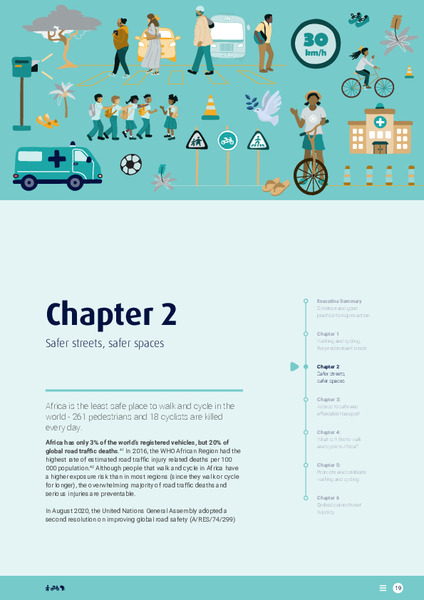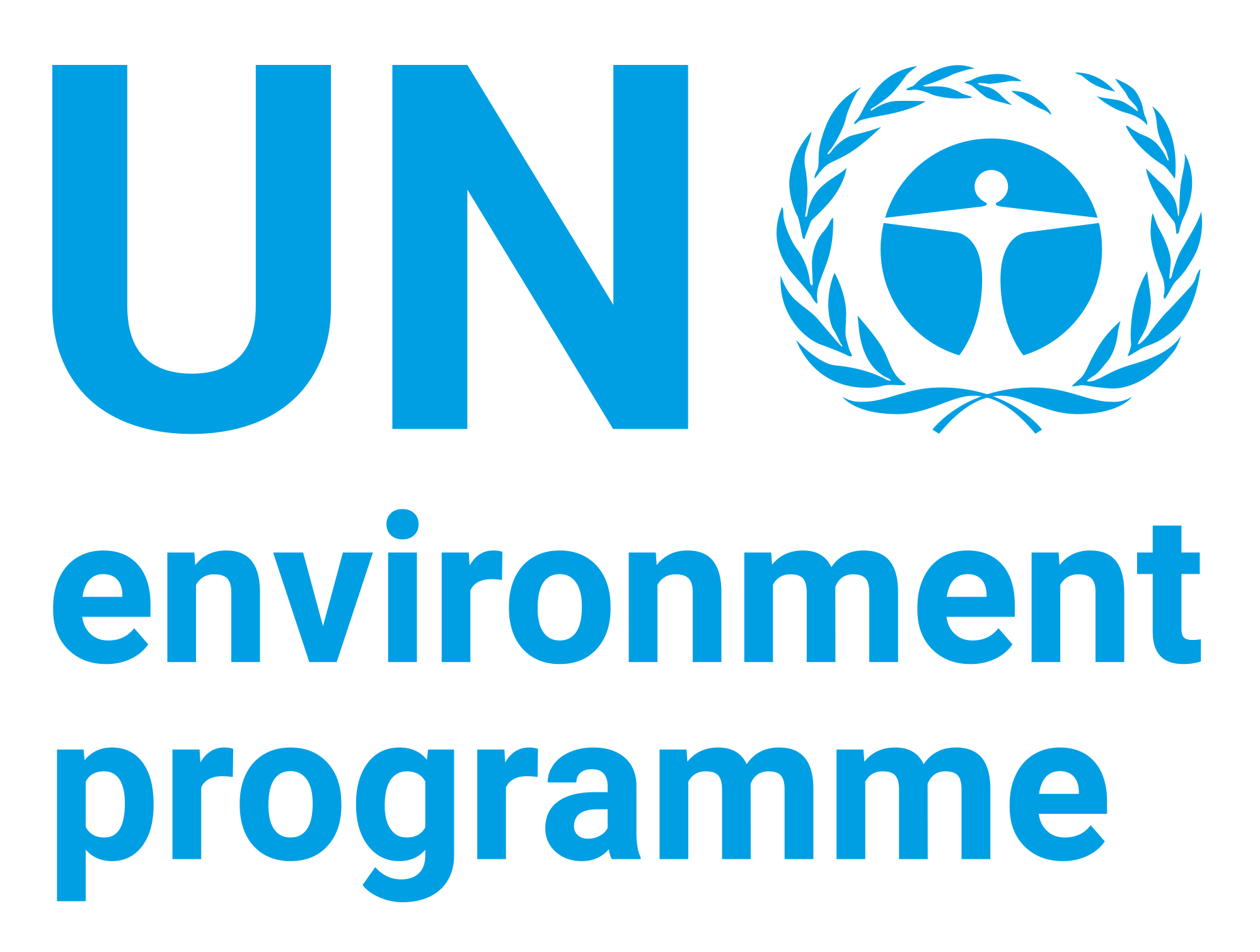Chapter 2. Safer Streets, Safer Spaces

Date
2022-06Author
United Nations Environment Programme
United Nations Human Settlements Programme
Citation Tool
Bibliographic Managers
RT Generic T1 Chapter 2. Safer Streets, Safer Spaces A1 United Nations Environment Programme, United Nations Human Settlements Programme YR 2022-06 LK https://wedocs.unep.org/20.500.11822/40072 PB AB TY - GEN T1 - Chapter 2. Safer Streets, Safer Spaces AU - United Nations Environment Programme, United Nations Human Settlements Programme Y1 - 2022-06 UR - https://wedocs.unep.org/20.500.11822/40072 PB - AB - @misc{20.500.11822_40072 author = {United Nations Environment Programme, United Nations Human Settlements Programme}, title = {Chapter 2. Safer Streets, Safer Spaces}, year = {2022-06}, abstract = {}, url = {https://wedocs.unep.org/20.500.11822/40072} } @misc{20.500.11822_40072 author = {United Nations Environment Programme, United Nations Human Settlements Programme}, title = {Chapter 2. Safer Streets, Safer Spaces}, year = {2022-06}, abstract = {}, url = {https://wedocs.unep.org/20.500.11822/40072} } TY - GEN T1 - Chapter 2. Safer Streets, Safer Spaces AU - United Nations Environment ProgrammeUnited Nations Environment Programme, United Nations Human Settlements Programme UR - https://wedocs.unep.org/20.500.11822/40072 PB - AB -View/Open
Item Statistics
Display item statisticsMetadata
Show full item recordDescription
Africa is the least safe place to walk and cycle in the world - 261 pedestrians and 18 cyclists are killed every day. Africa has only 3% of the world’s registered vehicles, but 20% of global road traffic deaths.41 In 2016, the WHO African Region had the highest rate of estimated road traffic injury related deaths per 100 000 population.42 Although people that walk and cycle in Africa have a higher exposure risk than in most regions (since they walk or cycle for longer), the overwhelming majority of road traffic deaths and serious injuries are preventable.
Collections
Document Viewer
To read more, scroll down below.

